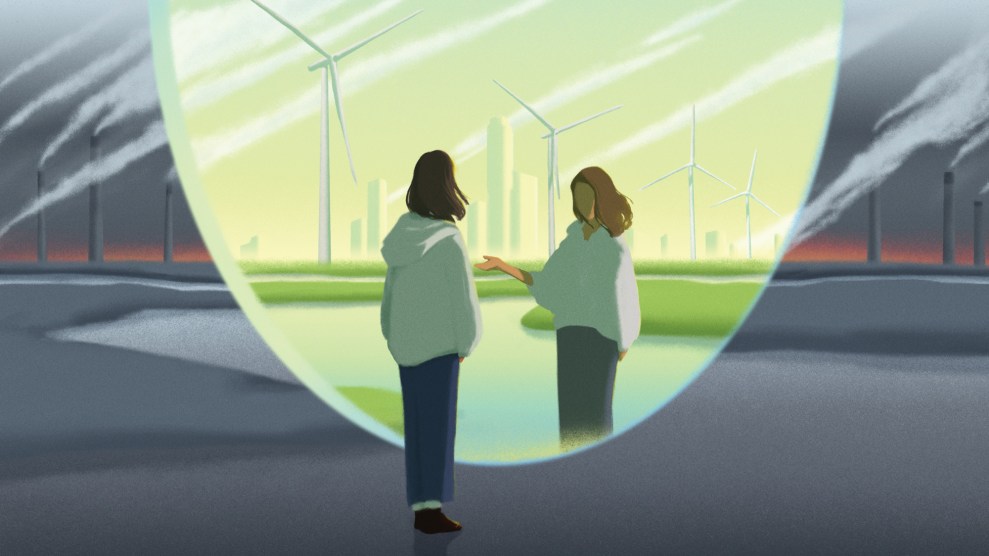For years Tom LaJuenesse was one of Caterpillar Inc’.s best weapons against forklift liability suits. As the company’s manager of product safety and ecology in the forklift division, he debunked legal claims that seat belts were necessary to prevent serious injury or death. Despite his courtroom prowess, however, in May 1987 he was mysteriously removed from all legal cases.
He left behind little more than a doctor’s statement claiming that legal proceedings would be “inadvisable” because of his poor health. What the note didn’t say was that LaJuenesse had lost both his legs while doing tests on a forklift.
Forklifts are notoriously dangerous. Transportation & Distribution, an industry trade magazine, reported approximately 42,000 accidents involving forklifts in 1990. Government statistics and industry literature show that tip-overs have been the primary cause of classifiable forklift deaths over the years, and published studies verifying forklift instability have been available since 1957.
Commonly counterweighted to balance heavy loads, empty forklifts can be dangerously unsteady, with even moderate turns initiating tip- overs. Worse, a forklift tends to fall slowly at first, deceiving the operator into thinking there’s time to jump to safety. But moments later the forklift slams to the ground like a mousetrap, catching the operator and all too often causing dismemberment, crushing injury, or death. A seat belt would keep the operator in the protective cab, increasing his or her chances of surviving unharmed.
For years, as a defense strategy, Caterpillar had aggressively opposed the need for seatbelts through the testimony of people like Tom LaJuenesse. But in 1987 while he was conducting driving tests for an upcoming trial, LaJuenesse turned the forklift and felt it suddenly pitch to the side. He was thrown from the vehicle and caught beneath it as it fell. Several years later, when California lawyer Alfred Lombardo obtained a court order for LaJuenesse (under a state law requiring employers to make their employees available for testimony), he suddenly retired. Lombardo tried to pursue him into his home state, but the doctor’s statement got in the way.
In 1989, Caterpillar manager and expert witness Thomas DeBuhr admitted to LaJuenesse’s accident but said he was unaware of any audio/video records. But in 1990, lawyers uncovered not only evidence, but witnesses. Engineer Jeffrey Hodgson had been with LaJuenesse; Hodgson’s son was videotaping the driving tests when the accident occurred. Hodgson later testified that he turned the tape over to Caterpillar. It was then “discarded” with other legal files when the case LaJuenesse had been preparing closed–despite a 1986 court order stating that a Caterpillar subsidiary was not to destroy any accident evidence in a similar case. The company had already been fined $776,000 by Occupational Safety and Health Administration in 1987 for violating government rules on reporting industrial injuries. When asked for a response to accusations that Caterpillar had attempted to cover up LaJuenesse’s accident, a company spokesman would only say, “These complaints were handled in open court.” But he didn’t know–and wouldn’t find out–which court case.
By the time news of LaJuenesse’s accident began to leak out, Caterpillar had started offering seat belts on most of its forklifts and seat-belt “retrofit” packages for older vehicles. But lawyers accuse the company of not pushing these packages aggressively enough. Caterpillar says its information on the sale of retrofit packages is unavailable, since the company was taken over by Mitsubishi last year. But an industry analyst estimates that some sixty thousand Caterpillar forklifts potentially without seat belts could still be in use in the U.S. alone.
Last year, a California jury awarded Joseph Kochetta $2.4 million in a product-liability case against Caterpillar. In 1988 Kochetta was using a 1976 forklift in the paved parking lot outside of a rock-processing plant. The truck tipped over, pinning Kochetta and crushing his pelvis. Trapped for hours before he was found, Kochetta cracked his teeth from gritting in pain. Although they only had one Caterpillar forklift, his employers were unaware that a retrofit package existed, and even after the accident, Caterpillar failed to notify them about the availability of seat belts for their workers.









